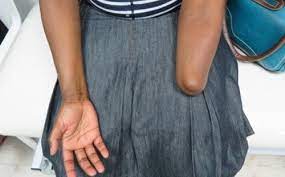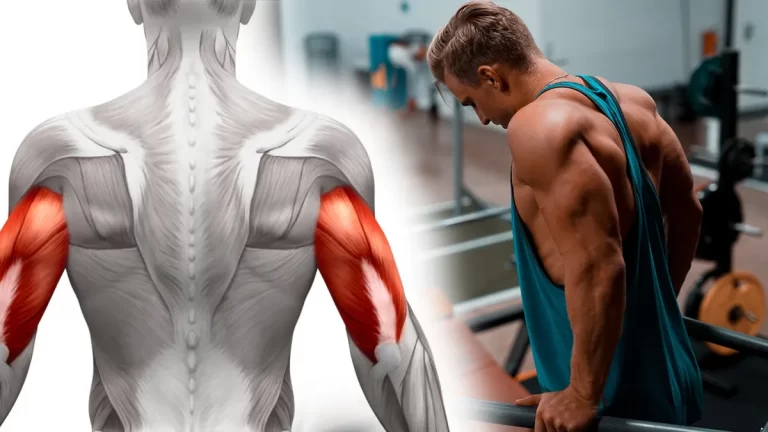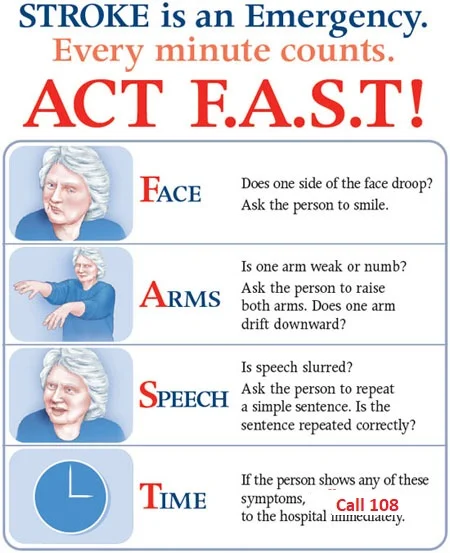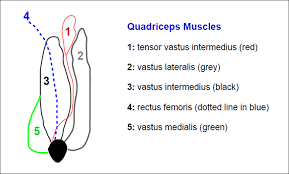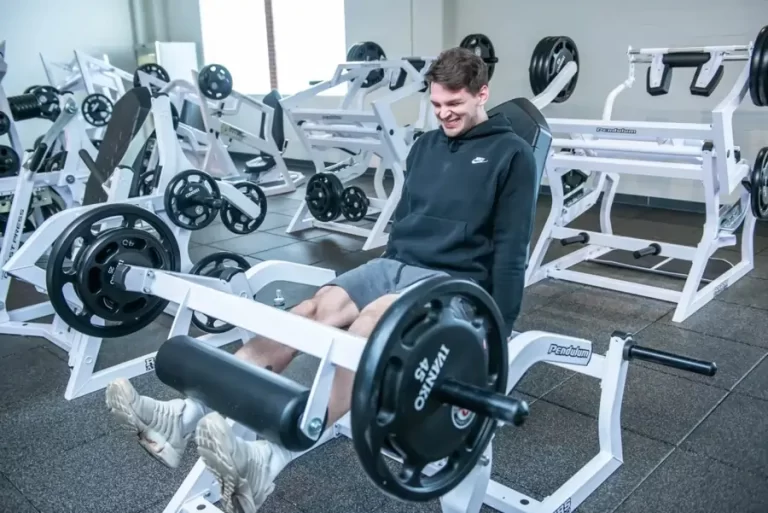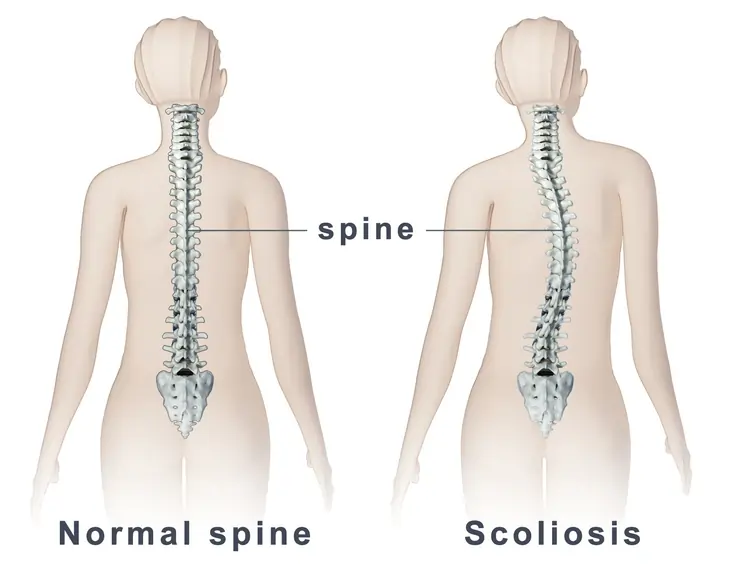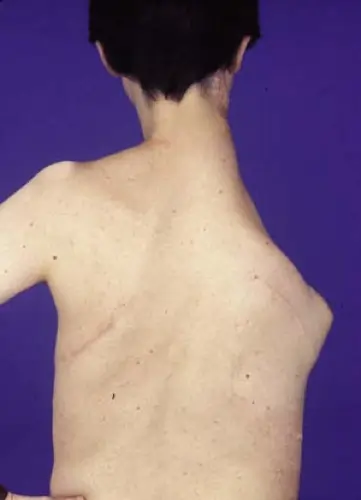Below Elbow Amputation: Definition, Indication, Multidisciplinary team, What are the responsibilities of the team, Physiotherapy treatment, Prosthesis,Complication
Table of Contents
Definition Of Below Elbow Amputation :
- A below-elbow amputation of the elbow is the removal of the arm below the elbow joint.
- The optimal length of a below-elbow stump is 20 cm and its measured from the tip of the olecranon, with a minimum length of 7.5 cm
- Below-elbow amputations should preserve the maximal length of radius and ulna.
Indication Of below-elbow amputation Amputation:
- Trauma
- Malignant tumors
- Nerve injuries and infections
- Extreme heat and cold
- Peripheral Vascular Insufficiency
- Congenital absence of limbs or malformations
- severe infections like gas gangrene, osteomyelitis
Multidisciplinary team :
- Diabetologist
- podiatrist
- microbiologist
- nurse
- orthopedic surgeon
- vascular surgeon
- Physiotherapist
What are the responsibilities of the team?
- Evaluate the patient
- Ensure medical stability of the patient
- Prepare the patients life as an amputee
- Prescribe prosthesis (if appropriate)
- Fabricate prosthesis
- Evaluate fit of the prosthesis Educate the patient about the use and care of the prosthesis
- Follow-Up care for the patient
Physiotherapy treatment for below-elbow amputation :
- Psychological counseling to the patient
- Psychological support
- Providing information is important
- to decrease the patients and the family’s anxiety
- obtain cooperation in the treatment program
- to help the person with a below-elbow amputation to adjust for his new condition.
- Feeling of a complete change into reality due to lack of function
- alteration of limb sensation
- change in body image
- lack of understanding of medical treatments
- Psychological counseling to the patient
Breathing exercise :
to prevent accumulation of fluid
to prevent chances of infections
Diaphragmatic breathing involves fully engaging the stomach, muscles of the abdominal, and diaphragm during breathing. This means actively pulling the diaphragm downwards with each inward breathing. … During diaphragmatic breathing, a patient consciously engages their diaphragm in order to take deeper breathing.
Postural advice during sitting, standing, and walking
Maintain proximal joint Range Of Motion
maintain the proximal joint muscles strength: Strengthening exercise can be given manually, with the sandbag or Thera-band.
Encourage early active movement of all proximal joints from 1st day after below elbow amputation
The resisted exercise started as soon as pain decreased
Active ROM
- Cervical spine:
- Flexion
- Extention
- Right side rotation
- Left side rotation
- Right side flexion
- Left side flexion
- Glenohumeral joint :
- Flexion
- Extention
- Abduction
- Adduction
- Internal Rotation
- External Rotation
- Scapula:
- elevation
- depression
- protraction
- retraction
- Elbow :
- flexion
- Extention
- Forearm:
- Supination
- pronation
Principles of bandaging the stump:
- The pressure of the elastic bandage should be moderately firm and distributed constantly.
- Extra pressure is necessary at corners to obtain the proper shape(conical shape) of the stump. pressure should be reduced proximally.
- diagonal, oblique, or spiral turns should be used while bandaging.
Treatment for stump edema:
- Electrical stimulation with limb elevation useful to reduced edema
- Elastic Bandage
- Intermittent variable air pressure machine existed
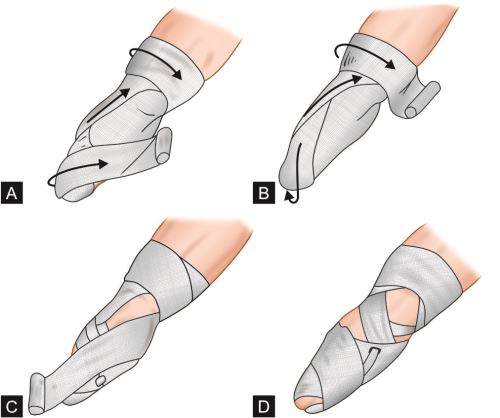
Resisted exercise of the stump and other joints of the upper extremity.
stump bandaging and conditioning:
stump conditioning :
An ideal stump in below-elbow amputation is well healed, firm, conical, and with slight flabby tissue.
Bandaging: During bandaging, pressure and application of elastic bandage should be proper.
Exercise: we can also perform Isometric exercise of muscles of the stump.
The prosthesis of below-elbow amputation :
A below elbow (BE) or trans-radial prosthesis is custom made for a person who has had a BE or trans-radial amputation. The below-elbow prosthesis consists of a custom-made socket, optional liner, wrist unit, and terminal device or hand.
(a)A cup socket, harnessing with an operational cord, we can be given to activate the terminal device.
(b)The terminal device is operated by a loop harness which is attached to a self suspending supracondylar socket.
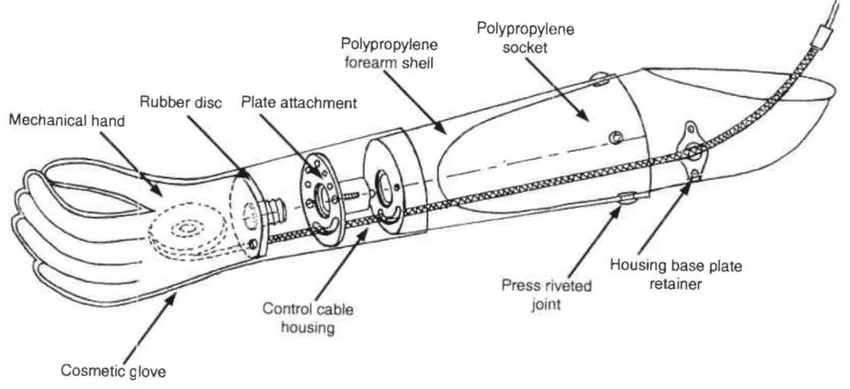
Terminal device :
- 1)Mechanical thumb abduction for grasp can be obtained by tension on the operation cord.
- 2)Mechanical hand allowing grippy flexion of the index and middle finger with the thumb are obtainable.
- 3)Split hook: A popular terminal device with one fixed and the other movable jaw operated by the power of the muscles of the shoulder girdle is used as a working strong hand.
- 4) Battery-operated myoelectric devices for specific tasks are also obtainable or can be fabricated.
Myoelectric Prosthesis:
- Effective hand function has been reported by a myoelectrical controlled prosthesis for adults as well as in children.
- The prosthesis of below-elbow has a self-suspending socket with pick-up electrodes placed over the flexion and extension appropriately.
- These electrodes pick up the myopotentials generated by the contractions in the respective group of muscles. The electrical potentials are amplified through microcircuitry.
- The motion power is achieved from compact 6-volt batteries.
- The voluntary effort producing contractions of flexion will switch on flexion or grasping motion of pinch grip at the hand.
- Reversing the process to the extensor group starts extension of the hand or the release of grasp. The major advantage is the combination of function and cosmesis.
A complication of below elbow amputation amputation :
Phantom limb pain: A feeling of pain or sensations in the “missing limb” may occur in the Phantom limb; is likely to be neuropathic pain. treatment is generally with neuropathic pain is a medication which is gabapentin and pregabalin.
Residual limb pain: This is likely to be musculoskeletal and localized in nature because of the remodeling of scar tissues, muscles, and fascias. Treatment includes care of the wound and systemic medications such as NSAIDs, opioids, acetaminophen, and in some cases muscle relaxants. techniques like desensitization may also be used such as compression, tapping, massage, and some other modalities.
Edema: Localized swelling is a complication that is very common to occur in below-elbow amputations and has the best outcome when control is started soon after surgery, with an immediate postoperative rigid dressing (IPROD). In the weeks following amputation, edema can further be controlled by elastic bandaging, massage, elevation, and in patients who have co-morbidities affecting fluid balance, use of diuretics.
Contracture formation: Contractures are a musculoskeletal condition that causes rigidity or hardening of muscles, tendons, or other tissues which leads to deformity and rigidity of joints; this complication is long-term that create through mechanisms that are not completely clear. It may reduce neural activation, protracted placement of a joint with the muscle in the short position, and muscle atrophy are all contributing risk factors for formation. the management of Contracture formation complications involves stretching maneuvers to preserve the range of motion and strengthening to preserve muscle strength.
Body Asymmetry: An amputation may causes changes in weight distribution and can modify the center of gravity (COG) leading to compensatory mechanisms in function and gait, which can lead to pain, muscles spasms, or discomfort in other parts of the body.
Skin Breakdown: skin breakdown at the site of operation can occur for a variety of reasons including poor wound healing due to co-morbidities, excessive bleeding, infection, edema, and poor dressing techniques. In the long term, Body Asymmetrymay occurs due to assistive devices or prostheses that a patient may use. skin breakdown complications are reduced with the help of shaping the residual limb into a proper cylindrical or conical shape with smooth edges so that it is useful during prosthetics.
Deep vein thrombosis (DVT)
we can prevent deep vein thrombosis (DVT) by the mobility of extremities. To prevent deep vein thrombosis in the lower extremities we can give ankle-toe movement.
Excess bleeding
Blood clots
Poor healing
wound infection
pneumonia
Stump ulceration
Flap necrosis
Joint stiffness
Osteomyelitis
Osteoporosis
Cosmetic acceptability

